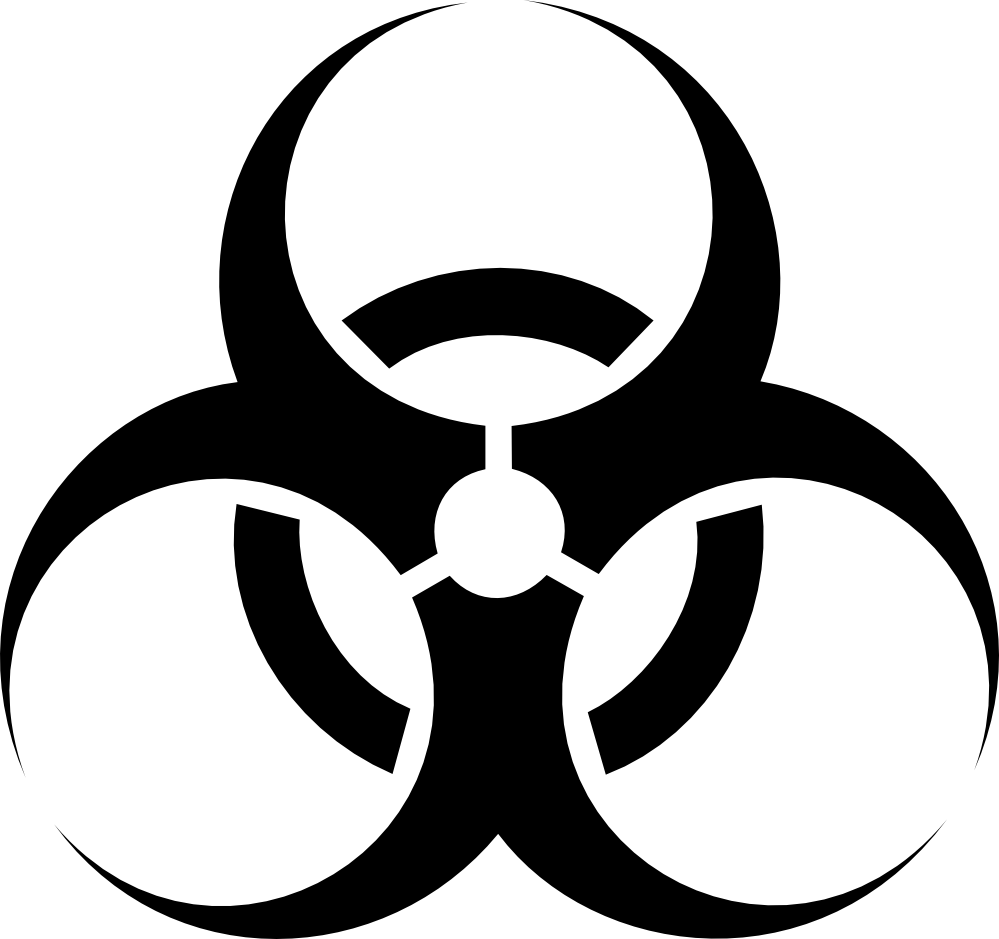Resources with keywords: healthcare
Includes recommendations for vaccination of health care workers, specimen collection and infection control.
This guidance applies to all U.S. settings where healthcare is delivered, including nursing homes and home health. The recommendations in this guidance continue to apply after the expiration of the federal COVID-19 Public Health Emergency.
Currently there remains a lack of regulatory alignment among OSHA, the Food and Drug Administration (FDA), and the National Institute for Occupational Safety and Health (NIOSH) regarding respirator approval for use in health care.
Choi Y, Jeon E, Kim T, Choi S, Moon SM, Song K, et al.
This report includes occupational exposure of MPOX to HCW
In general, asymptomatic healthcare personnel (HCP) who have had a higher-risk exposure do not require work restriction, regardless of vaccination status, if they do not develop symptoms or test positive for SARS-CoV-2.
Santana DJ, et al.
C. auris has a specific and dominant adhesin called Surface Colonization Factor (SCF1), which adheres by cation-dependent interactions to a wide range of biotic and abiotic surfaces.
Yinda C, Morris DH, Fischer RJ, et al.
The findings suggest that, because virus stability is sufficient to support environmental MPXV transmission in healthcare settings, exposure and dose-response will be limiting factors for those transmission routes
Cristina ML, Spagnolo AM, Sartini M, Carbone A, Oliva M, Schinca E, Boni S, Pontali E
This pathogenic fungus shows an innate resilience, enabling survival and persistence in healthcare environment and the ability to rapidly colonize the patient’s skin and be easily transmitted within the healthcare setting, thus leading to a serious and prolonged outbreak.
This is a disease-specific page form the CDC


